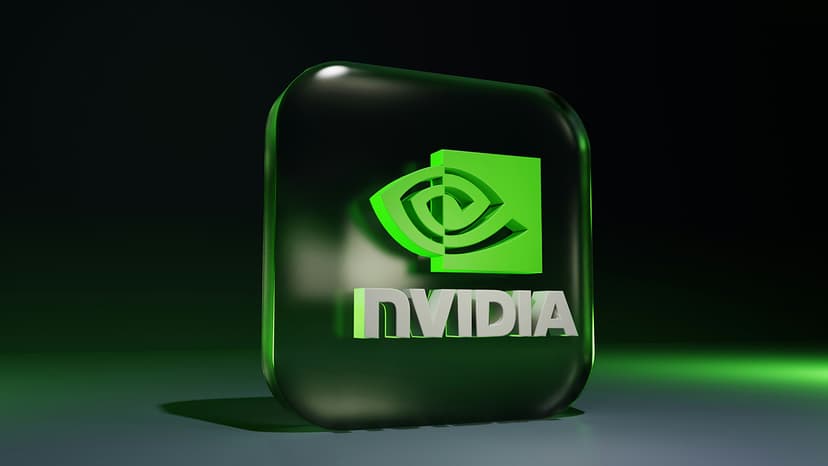Running Node.js Apps in Kubernetes
As a developer who works with Node.js applications daily, I've found that running them in Kubernetes brings a new level of flexibility and scalability to my projects. Let me share my experiences and practical tips for getting your Node.js applications up and running in Kubernetes.
Setting Up Your Node.js App for Kubernetes
Before moving your Node.js application to Kubernetes, you need to make sure it's container-ready. First, create a solid Dockerfile. Here's a basic example I use for most projects:
Dockerfile
I prefer using the Alpine-based Node.js image because it's lightweight and includes only the necessary components. This keeps the container size small and reduces potential security risks.
Container Health Checks
Your Node.js application should include health check endpoints. I add these routes to check if my app is running properly:
Javascript
These endpoints help Kubernetes monitor your application's status and manage traffic effectively.
Kubernetes Configuration
Creating Kubernetes manifests is the next step. I split my configurations into separate files for better organization. The deployment file looks like this:
Yaml
Environment Variables and Secrets
I store configuration settings in Kubernetes ConfigMaps and Secrets. This makes it easy to change settings without rebuilding containers. Here's an example ConfigMap:
Yaml
Scaling and Updates
One thing I love about running Node.js in Kubernetes is automatic scaling. You can set up Horizontal Pod Autoscaling (HPA) to handle traffic spikes:
Yaml
Production Tips
After running several Node.js apps in production with Kubernetes, I've learned these valuable lessons:
- Set resource limits for your containers to prevent resource hogging
- Use node affinity rules to spread your pods across different nodes
- Set up proper logging with tools like Fluentd or EFK stack
- Monitor your applications with Prometheus and Grafana
- Use rolling updates to avoid downtime during deployments
Security Considerations
Security is crucial when running Node.js applications in Kubernetes. I always run containers as non-root users and scan images for vulnerabilities before deployment. Here's a security context configuration I use:
Yaml
Running Node.js applications in Kubernetes has made my deployments more reliable and easier to manage. The combination provides excellent scalability and maintainability, making it a solid choice for modern web applications. Start small, test thoroughly, and gradually add more complex features as you become comfortable with the setup.












